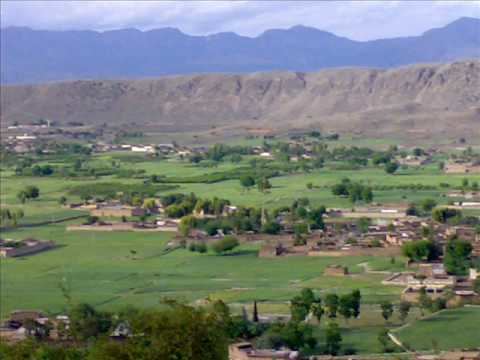 | ||
Karbogha sharif is a village located in a mountainous area of the union council of Hangu District, Pakistan north of tehsil thall. Karbogha's land lies between 2 opposite range of mountains, and the highest peak of Southern mountain is called "Oot Sar". The word Karbogha is derived from "Kara" and "Bogh" both words originally from the Pashto language meaning "saw" and "garden".
Map of Karbogha Sharif, Pakistan
Its population is about three lacs and all the people living there belong to khattak cast. Karbogha's biggest cast in population is "Karigar" are mainly divided into 2 tribes one living in "Sharkey" and one living in "Chapri". They are believed to be the worst in rivalries and best in hospitality.
There has been a widespread whisper about a person named "Adam Baba" who is told to be buried in a place named "Bahira" in the Karbogha. Originally he was told to be from Swat Valley. Later his student "Sahib Mubarak" followed him and built a mosque. Then he had children from 7 wives in his life all known today in karbogha as "Khunzada" cast. One of his grandchildren named "Mufti Mukhtyar-u-Din" has a big well known Madrassa in Karbogha today and has many students from all over Pakistan. It is a place of natural beauty.
The most famous fruit of Karbogha is the peach. The area is famous for the production of peaches throughout Pakistan. The season of the same remains for only 20 days once a year between 20 July to 10 August. Also other vegetation and fruits are usually tastier than the surrounding areas due to the fruitful nature of the land. There are two government schools; one is for boys and another is for girls. There is a very popular religious madrasa under the supervision of 'Mufti Mukhtyar-u-Din'. People come to this madrassa from different regions of Pakistan for the religious study.
